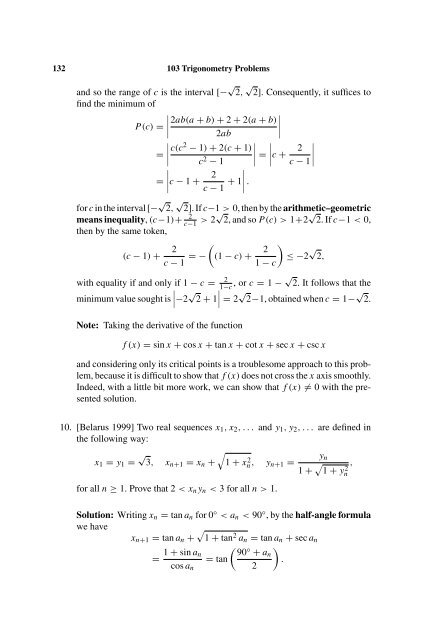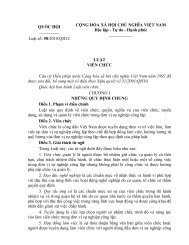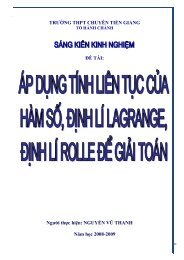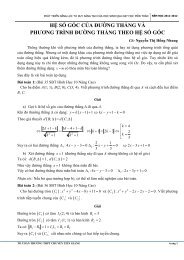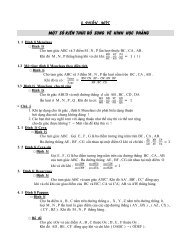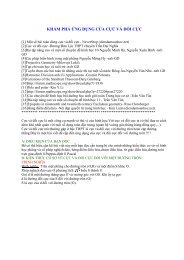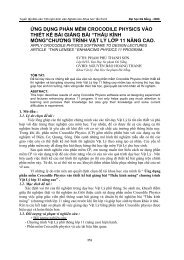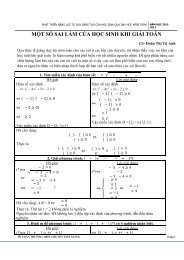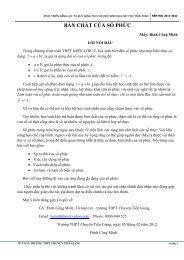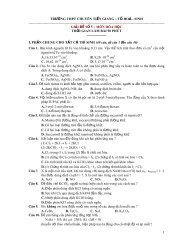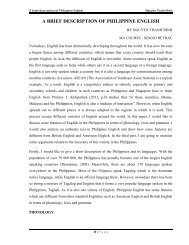103 Trigonometry Problems
103 Trigonometry Problems
103 Trigonometry Problems
Create successful ePaper yourself
Turn your PDF publications into a flip-book with our unique Google optimized e-Paper software.
132 <strong>103</strong> <strong>Trigonometry</strong> <strong>Problems</strong><br />
and so the range of c is the interval [− √ 2, √ 2]. Consequently, it suffices to<br />
find the minimum of<br />
P(c) =<br />
2ab(a + b) + 2 + 2(a + b)<br />
∣ 2ab ∣<br />
=<br />
c(c 2 ∣<br />
− 1) + 2(c + 1)<br />
∣∣∣ ∣ c 2 − 1 ∣ = c + 2<br />
c − 1∣<br />
=<br />
∣ c − 1 + 2 ∣ ∣∣∣<br />
c − 1 + 1 .<br />
for c in the interval [− √ 2, √ 2].Ifc−1 > 0, then by the arithmetic–geometric<br />
means inequality, (c−1)+<br />
c−1 2 > 2√ 2, and so P(c) > 1+2 √ 2. If c−1 < 0,<br />
then by the same token,<br />
(c − 1) + 2 (<br />
c − 1 =− (1 − c) + 2 )<br />
≤−2 √ 2,<br />
1 − c<br />
with equality if and only if 1 − c =<br />
1−c 2 ,orc = 1 − √ 2. It follows that the<br />
∣<br />
minimum value sought is ∣−2 √ 2 + 1∣ = 2 √ 2−1, obtained when c = 1− √ 2.<br />
Note: Taking the derivative of the function<br />
f(x)= sin x + cos x + tan x + cot x + sec x + csc x<br />
and considering only its critical points is a troublesome approach to this problem,<br />
because it is difficult to show that f(x)does not cross the x axis smoothly.<br />
Indeed, with a little bit more work, we can show that f(x) ̸= 0 with the presented<br />
solution.<br />
10. [Belarus 1999] Two real sequences x 1 ,x 2 ,... and y 1 ,y 2 ,... are defined in<br />
the following way:<br />
x 1 = y 1 = √ √<br />
3, x n+1 = x n + 1 + xn 2, y y n<br />
n+1 =<br />
1 + √ ,<br />
1 + yn<br />
2<br />
for all n ≥ 1. Prove that 2 1.<br />
Solution: Writing x n = tan a n for 0 ◦


